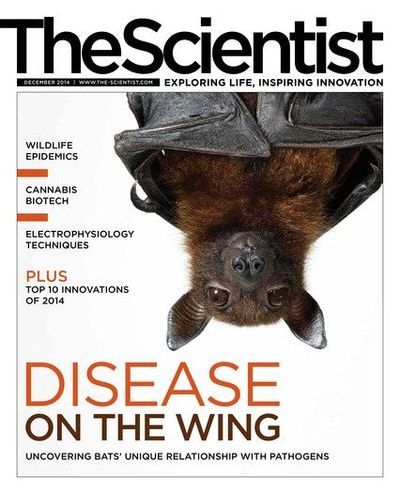 DALHOUSIE UNIVERSITYJohn Archibald traces his fascination with evolutionary biology back to the book Lucy: The Beginnings of Humankind, in which Donald Johanson recounts his discovery of a 3.2-million-year-old bipedal hominin skeleton. As an undergraduate at Dalhousie University in his native Nova Scotia, Archibald says, he “became smitten by the idea that the DNA of present-day organisms could provide insight into events that occurred millions and even billions of years ago.” Now a professor of biochemistry and molecular biology at Dalhousie, he examines the genomic imprints of the endosymbiosis that gave rise to the chloroplasts of algae and plants. But DNA analysis is only part of the story—ideas about endosymbiosis are much older than modern molecular techniques. For his book One Plus One Equals One: Symbiosis and the Evolution of Complex Life, Archibald researched the origins of endosymbiotic theory. “As someone trained in the modern genomic era,” he...
DALHOUSIE UNIVERSITYJohn Archibald traces his fascination with evolutionary biology back to the book Lucy: The Beginnings of Humankind, in which Donald Johanson recounts his discovery of a 3.2-million-year-old bipedal hominin skeleton. As an undergraduate at Dalhousie University in his native Nova Scotia, Archibald says, he “became smitten by the idea that the DNA of present-day organisms could provide insight into events that occurred millions and even billions of years ago.” Now a professor of biochemistry and molecular biology at Dalhousie, he examines the genomic imprints of the endosymbiosis that gave rise to the chloroplasts of algae and plants. But DNA analysis is only part of the story—ideas about endosymbiosis are much older than modern molecular techniques. For his book One Plus One Equals One: Symbiosis and the Evolution of Complex Life, Archibald researched the origins of endosymbiotic theory. “As someone trained in the modern genomic era,” he...
Interested in reading more?
